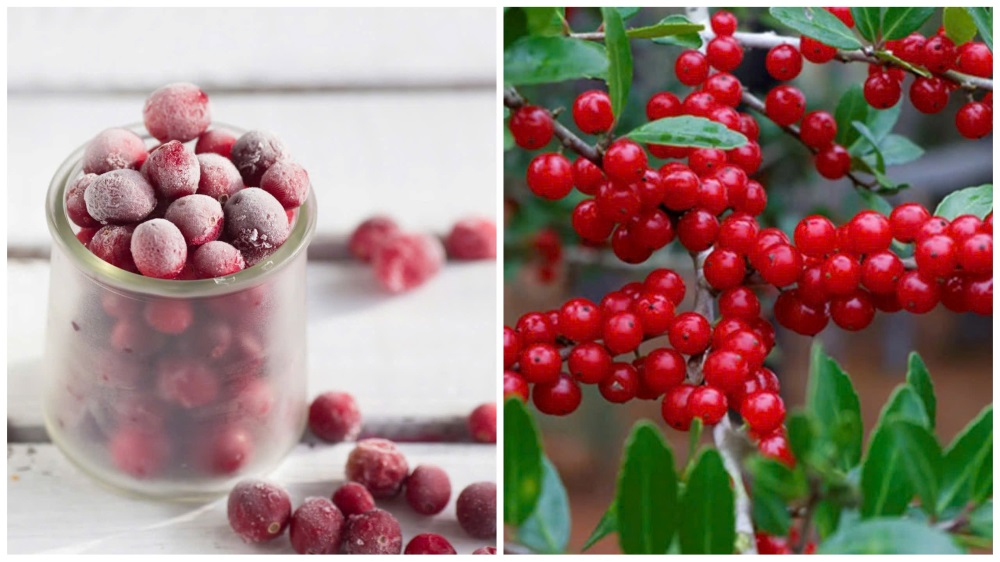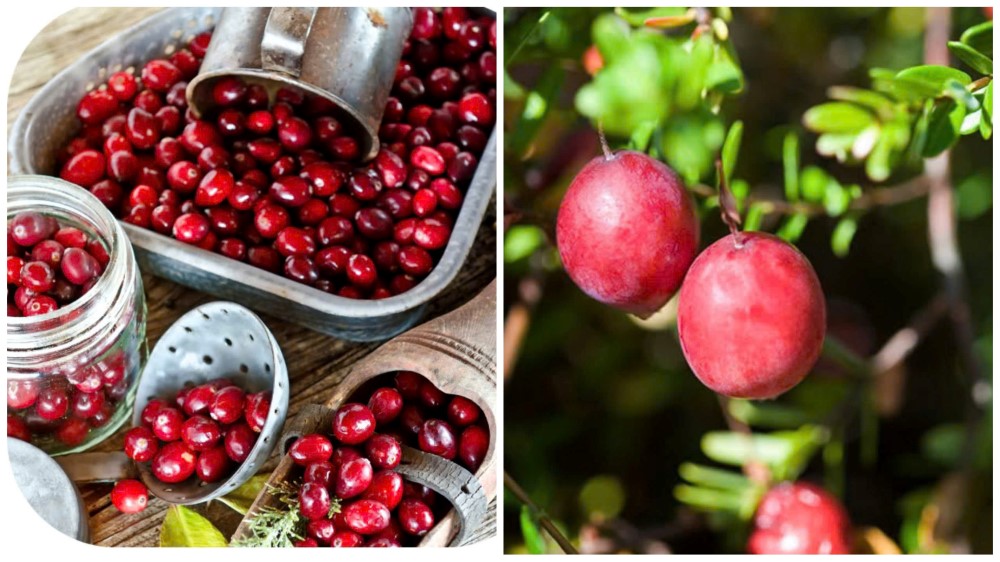Cranberries are native to North America and are commonly used in American, European, and Middle Eastern cuisine. Fall is typically the best time to get fresh cranberries, as they are typically harvested in September and October.
Cranberries have one of the highest antioxidant concentrations of all fruits. They are loaded with vitamins, manganese, fiber,...
Cranberries are known as "golden food" because they have many health benefits such as reducing inflammation, being an antioxidant, boosting immunity, preventing and treating urinary tract infections, benefiting the digestive tract, reducing the risk of heart disease and even potentially helping prevent some forms of cancer.

100 grams of cranberries contain only 46 kcal, so if you use cranberries, you don't have to worry about weight problems.
One tip for choosing the best cranberries and getting the most out of them is to look for ones that are fresh, plump, and deep red. This characteristic red color will contain a higher than normal concentration of anthocyanin compounds.
You can store cranberries in the refrigerator for use, but note that they should only be used for about 20 days after opening the bag/container. If using frozen products, they can be used for 6 months.
Cranberries retain their maximum nutritional value and flavor when eaten fresh. You can also add them to nuts, salads, smoothies, and cereals for a nutritious breakfast.

Nutritionists recommend that you only eat 150 grams of cranberries per day, equivalent to about 20 medium-sized berries, to ensure the best health.
There are many canned cranberry products on the market, which are convenient but also risky because they increase blood sugar levels. Therefore, if you use processed products, you should consider the ingredient list clearly listed on the packaging.








